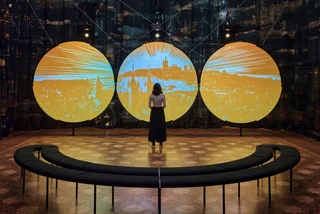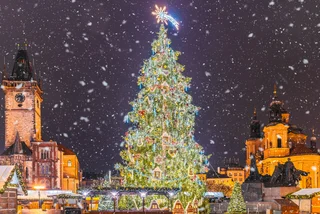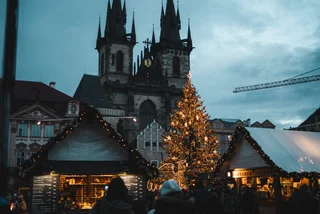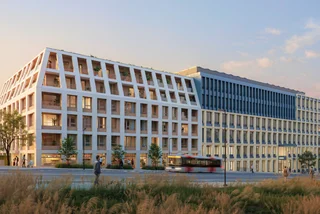One of Prague’s dominant features is the large equestrian statue of Jan Žižka on Vítkov Hill. People tend to overlook that there is also a large park extending the whole length of the hill as well. A project to revitalize the park will start as early as next year. The overall natural character will be preserved. New elements including a promenade, a plaza, a bistro, and a fountain will be added.
At the beginning of this year, Prague City Council awarded the contract to create project documentation for the first phase to the VZ Vítkov, which bid CZK 3.9 million without VAT. During 2021, the city’s Department of Green Care will prepare documentation for the building permit. If all goes well, the first phase of park renewal could begin as early as 2022.
The plan calls for significant modifications to the park in Prague’s Žižkov district. The promenade leading to the National Monument and Žižka statue should acquire a significantly more residential character. It is currently a road with two sidewalks. That should change when the road is abolished and a 14-meter-wide pedestrian with sprinklers is created, ending in a plaza with a fountain.
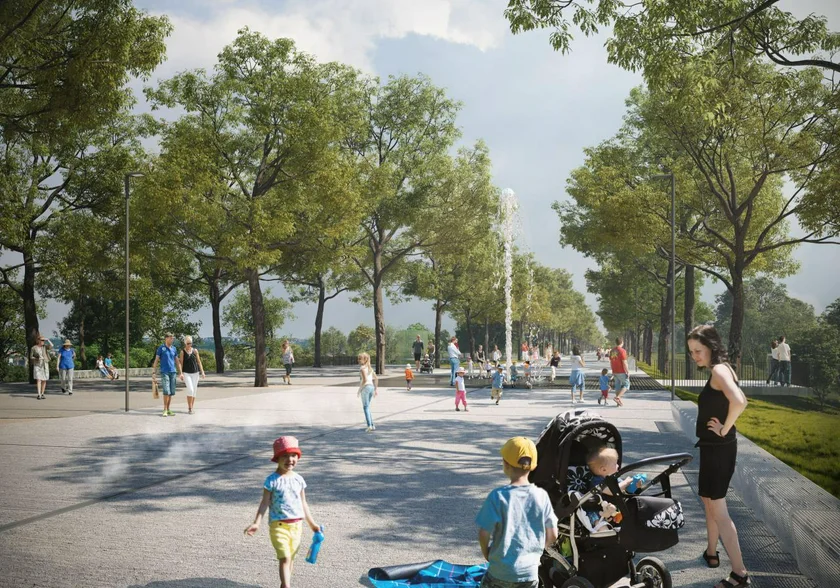
The plaza, behind the National Monument, will be suitable for public events. As part of this phase, a scenic restaurant and a bistro with public toilets will be sunk into the terrain so as not to disturb the silhouette of the hill. The overall cost is estimated at CZK 100 million.
The main concept is to preserve the hill in its original natural form, and not to overwhelm it with additions that will take way from its main asset, the view of the city.
The revitalization of the park will probably be divided into three to four stages. There are also plans to modify public lighting, improve drainage to roads, introduce drinking fountains, and plant new trees, such as Japanese pagoda trees and two types of drought-resistant maple. According to the original plans, everything should be done by 2030.
An elevator from the Žižkov pedestrian tunnel to the top of the hill had been discussed, but due to costs estimated at over CZK 120 million it will not be created at any time in the foreseeable future. A footbridge at the planned Prague-Karlín railway station, which would also have improved accessibility to the uipper part of the hill, is also no longer planned.
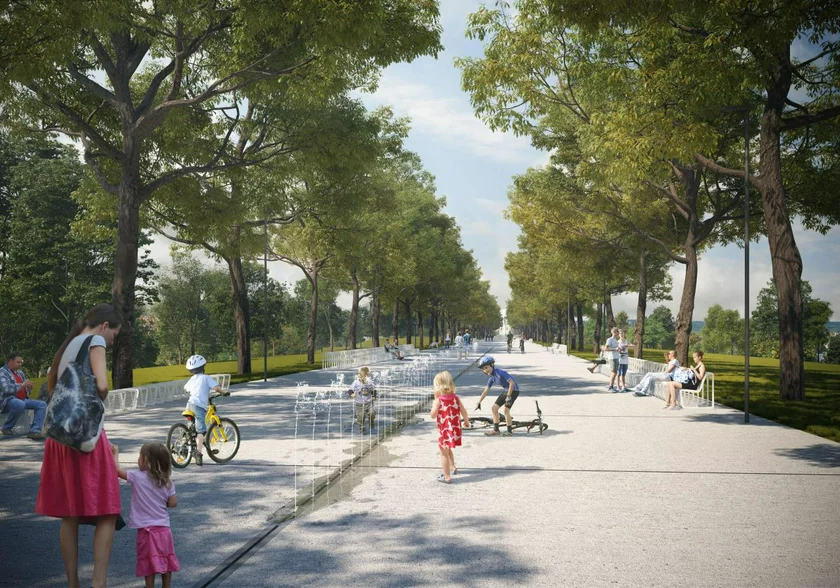
Some minor adjustments take place on a continual basis. At the end of 2019, a vineyard was planted above Tachovské náměstí on the southern slope of the hill. It covers 1,300 square meters with 686 grape vines. In 2018, several installations including a wooden lookout were placed on the hill as part of the Landscape Festival, and still remain there. In 2010 the path of former rail tracks leading through the the Old Vítkov Tunnel was converted into a bike path.
Vítkov is one of the most important hills in Prague. The oldest mention of it dates back to 1041, when it was covered with dense forests and gradually cleared during settlement. During the reign of Emperor Charles IV, vineyards were established. The most significant event was a battle during the Hussite Wars, when Hussites under the leadership of Jan Žižka defeated the pro-Catholic crusader army on July 14, 1420.
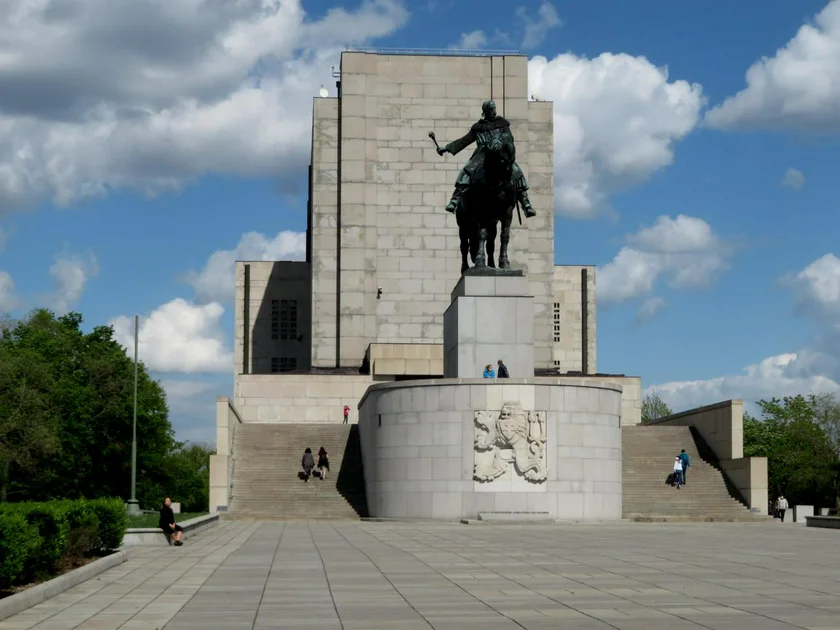
The National Monument is often associated with the communist era, but it was actually built between 1928 and 1932 from designs by Jan Zázvorka to honor the memory of Czechoslovak legionnaires and the Czechoslovak resistance during the World War I. During World War II it was stripped of anythign valuable and used as a warehouse by the occupying German army. In 1954–1962 it functioned as a mausoleum of Klement Gottwald.
Financial Reporting & Analysis Specialist

Currently, the remains of unknown soldiers from the battle of Zborov in World War I and Dukla in World War II are stored there, and solemn ceremonies take place there on national holidays. There is an exhibition on Czech and Czechoslovak modern history inside the monument.
One of the tallest bronze equestrian statues in the world is in front of the building, a monument to Jan Žižka by sculptor Bohumil Kafka. It was designed as early as 1931 and a plaster model was made in 1941, but its creation was delayed by the war. The statue was unveiled on the anniversary of the Battle of Vítkov, July 14, 1950. The northern foot of the slope belongs to the Military History Institute, which is currently being renovated.












 Reading time: 3 minutes
Reading time: 3 minutes 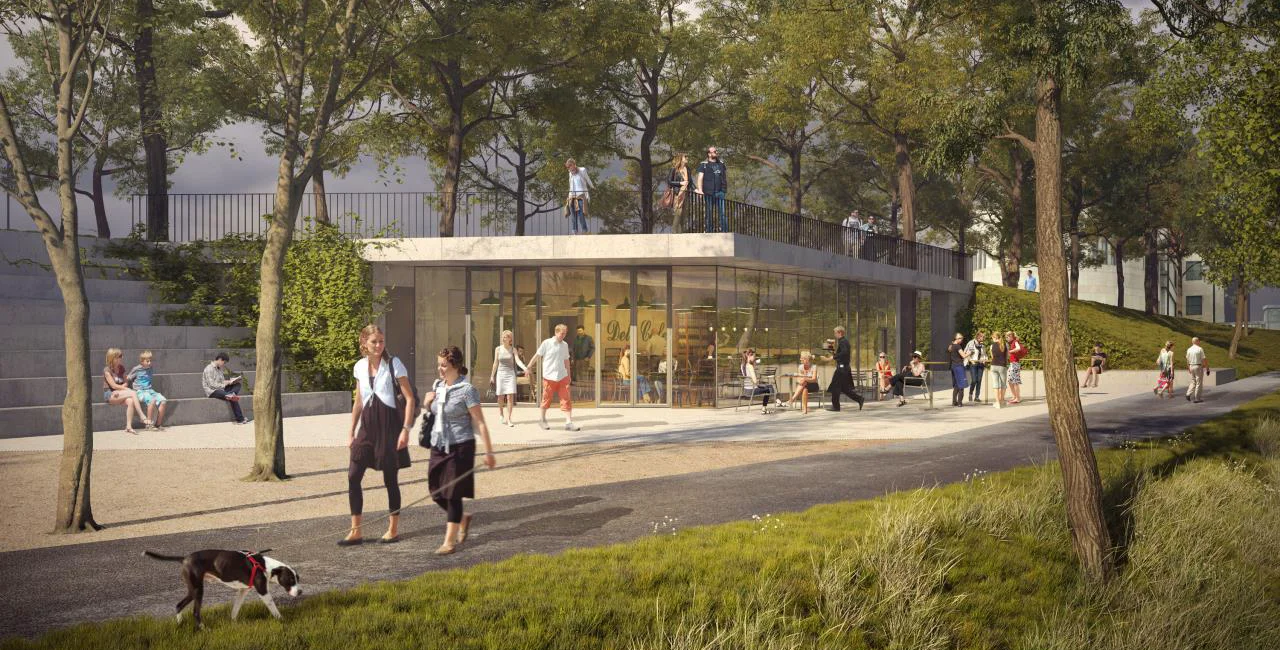


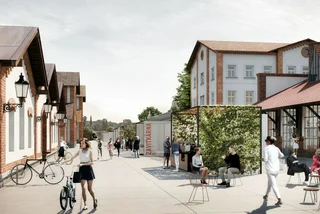
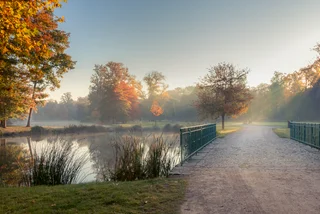

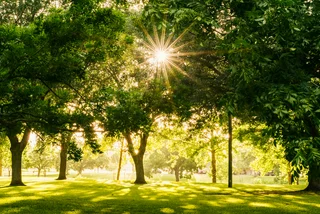
 Swedish
Swedish
 Norwegian
Norwegian
 Danish
Danish
 Italian
Italian
 French
French
 Spanish
Spanish

